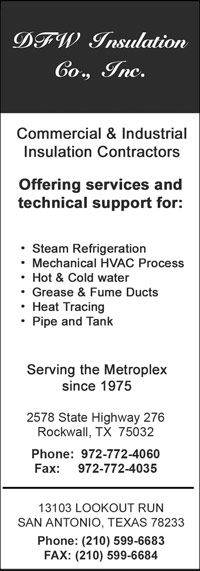By: S. Michael Boyd
June 14, 2000
Elijah (Lige) James Harris was born May 12, 1872 in a log cabin in Dickson County Tennessee. The 83 acre Harris farm was located just east of Charlotte, Tennessee. In 1897, he married Nola Josephine Nicks.
While still in Tennessee, Lige worked first driving a street car in Nashville. Later when the Spanish-American war broke out, he worked in Cumberland Furnace making war implements.
After their house burned down around 1905, they decided to move to Texas to farm. In 1906, Lige and family took a riverboat down the Mississippi, transferred to the train and moved to Texas. They were met at the train station by Lige’s sister Sallie and brother Mose who already lived here.
Lige and family settled in the Naaman Community, now a part of Northeast Garland, Texas, in Dallas County.
Joe, Moses, Burgess and Sallie Harris, Lige’s siblings, had all moved to Texas, leaving their parents in Tennessee. Most of Lige’s kids were to never meet their Harris grandparents.
Burgess allegedly moved to Texas because his kids didn’t have to go to school and later moved to Arkansas when Texas made school mandatory.
Lige first took up farming like most of his family but had service in his blood and took up community service by becoming the Fire Marshall in the fledgling community of Garland. Fire was on the mind of most of the residents in those days as the downtown area had been completely devastated by fire in 1899 and again in 1902.
In 1906 downtown Garland was a small community square surrounded by 2 banks, several dry goods stores, 2 barber shops, a tailor and, or course, the post office. Just off the square was Garland’s finest, the Garland Hotel. On down the street from the hotel going east was the Tobacco shop and Pool Room, a popular local hangout. The sidewalks were made of wood and any fire would have quickly spread.
By 1915, technology was quickly changing with more advanced delivery of electricity and of course, the spread of the automobile. The tobacco shop and pool house had been replaced by the “ice house”, and the old post office on the east side of the square had been replaced with “Ford sales”. By 1919, car sales were growing and the Ford dealership had to move around onto present day Main Street to make room for new car sales and parts. The city even owned a Ford fire engine with 2 – 60 gallon water tanks to put out any local fire emergency. A second engine would not be added until 1927 when the city began to pave the streets with asphalt.
To further protect the downtown, Lige Harris was hired to be Fire Marshall. He family always referred to him as a “Night watchman”, but when the City Council approved his pay each month ($25), he was simply referred to as Lige Harris, Fire Marshall.
The State Fire Inspection maps referred to the position as “Night watchman” also as the maps noted: “nightwatchman paid by the city and the merchants patrols the business section from 3:00 p.m until 5:00 a.m. and reports hourly at 3 (?) stations of Newman Clock”.
The original city jail was shown as the “Calaboose” on the 1906 City fire maps and was located in the area of the present city jail, in the alley behind and near the Garland Hotel. The Harris family always referred to the jail as the “Calaboose” but by 1919 the Fire Maps had begun to refer to the jail in the more modern term.
Lige was shot down in cold blood while patrolling downtown Garland in September of 1924 and died a couple of days later.
In early 2000, the Dallas County Commissioners voted to name the County – Sub – Courthouse, which is located approximately 200 feet north of the site of the original “Calaboose”, the E. J. Harris Building.

